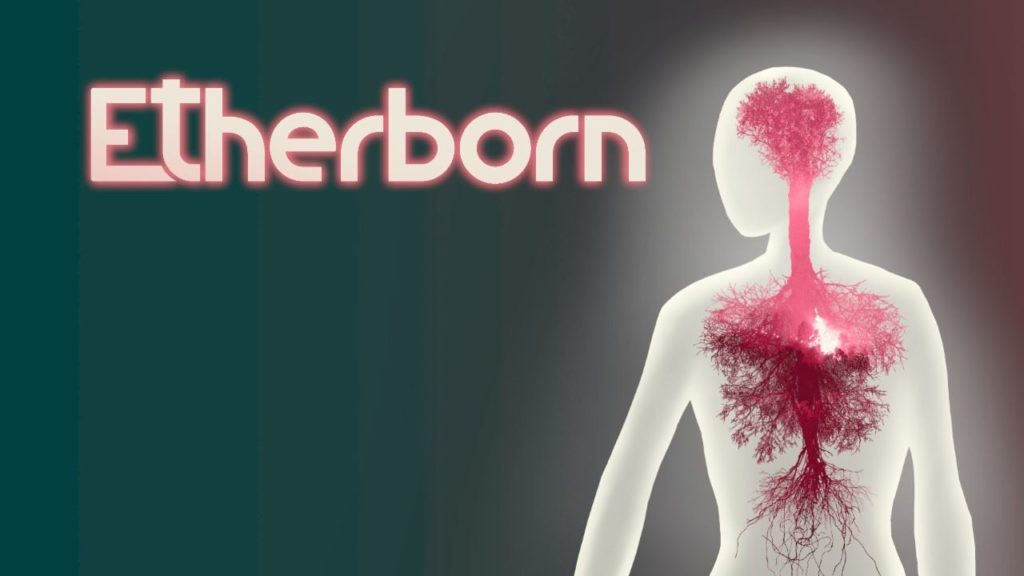
Puzzles are fun. A low-key puzzle game can really focus you and let you think while calming you at the same time. Since around the time that Braid came out for the PC in 2009, puzzle games have been experiencing somewhat of a resurgence. We’ve seen Escher-esque puzzle games in The Bridge, time control puzzle games like Braid, story-based puzzle games such as Puzzle Agent, and even chemistry-based puzzle games like SpaceChem, plus hundreds of others in between. But in all that time, I’ve never seen anything quite like Etherborn.
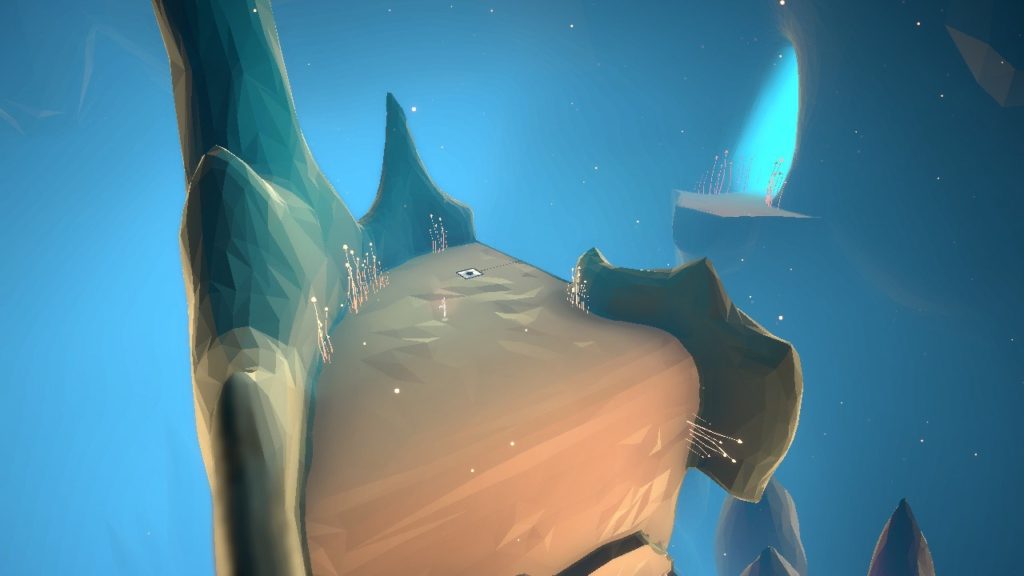
Etherborn is a rather unique title due to its presentation and approach. Immediately you’re drawn in by the low-polygon graphics sprinkled with minute details such as the visible nervous system of your character. The world is simplistic but gorgeous, with complementary colors everywhere and it’s simply a treat for the eyes. Camera angles are cleverly used to maximize impact of both the size and scope of areas, as well as to tighten in and hide the puzzles from the player as you move about each level. Everything about Etherborn is carefully crafted to draw you in, tantalizing the senses.
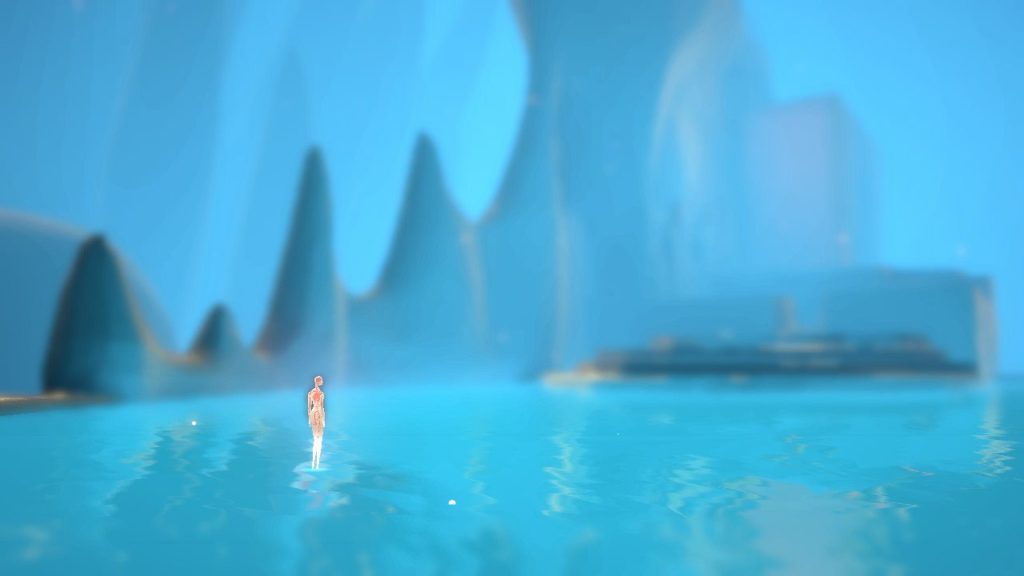
And what a treat the game is. Your character is trapped in a world where the standard rules of physics don’t apply. Any path you follow takes you along the X, Y, or Z axis in a three dimensional grid. Simply put, if a path goes up a wall, you walk up it sideways. If it’s upside down, so are you, but you can also jump like normal from that direction. It’s a little weird to explain, but it’s the rough analogue of walking through M.C. Escher’s Relativity (1953).
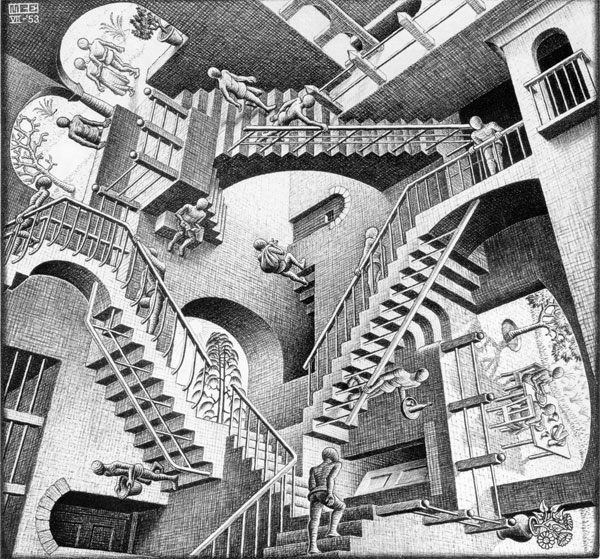
As you walk through the world, you gather geometric objects which you use to unlock pathways, shifting planes around so that you can walk and jump in new and interesting directions. By the end of each level in Etherborn, you’ve pretty much lost all track of which way is up, down and so on, and it honestly doesn’t matter because that’s the whole point. Each level tests the limits of your perception and forces you to think so far outside the box that you forget what a box is.
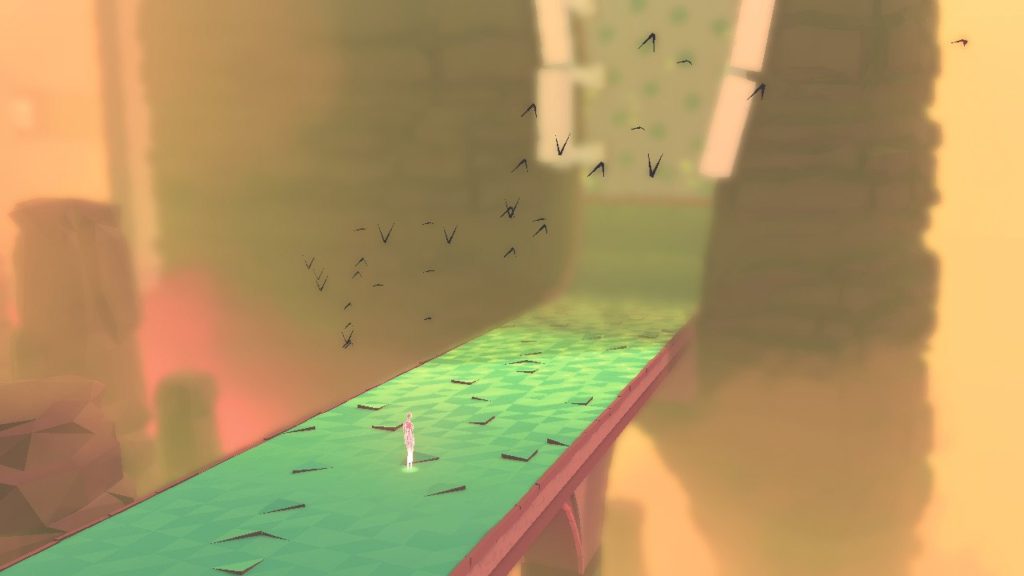
And if that’s not enough, the music is relaxing and perfectly complementary to the gameplay. The soft ambient sounds in the background calm you and allow you to focus on the fingernail-extractingly painful puzzles that will seriously haunt you when you’re not even playing Etherborn. It’s hard to even explain how cohesive the game feels. Everything flows together in such a way that it’s hard to remove graphics from gameplay and gameplay from music. The end result is a game unlike any other, one that is both calming and frustrating at the same time, forcing you to pay attention to every little nook and cranny of every level to creatively jump, walk, and run your way across all three dimensions.
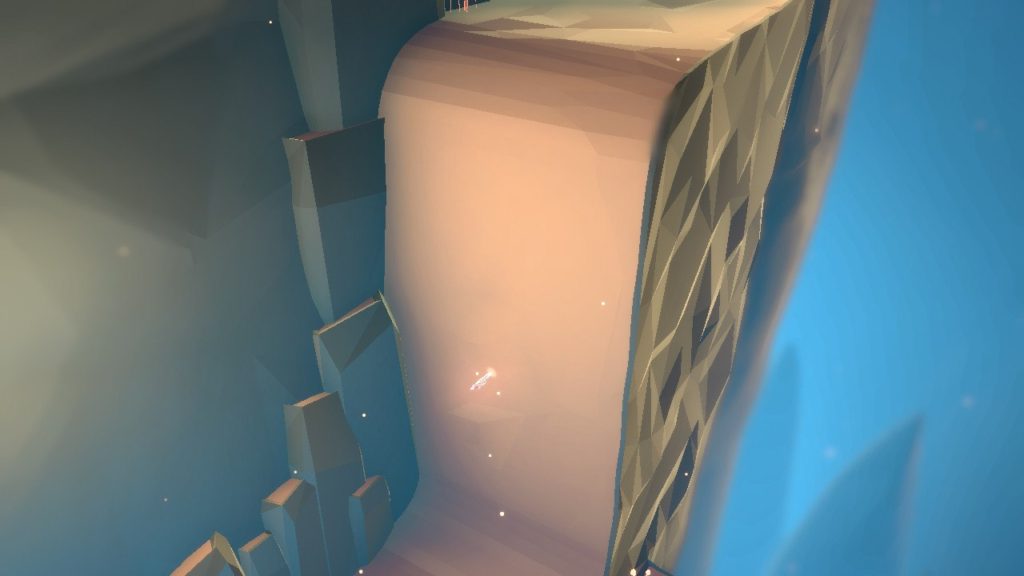
You can die in Etherborn, but you simply respawn. There’s no real risk involved and if you jump off of anything and have nowhere to land, you will fall to your doom in whatever plan you’re standing, including straight up, if straight up even exists anymore. Then you have to make your way back to whatever part of the level is closest to your save. Not a real penalty, but it’s still a pain to deal with sometimes, especially when you’re stumped and you’ve begun to resort to simply hurtling yourself off of whatever edge you’re standing on and hoping for the best. This rarely works however, and you end up just as befuddled as before.
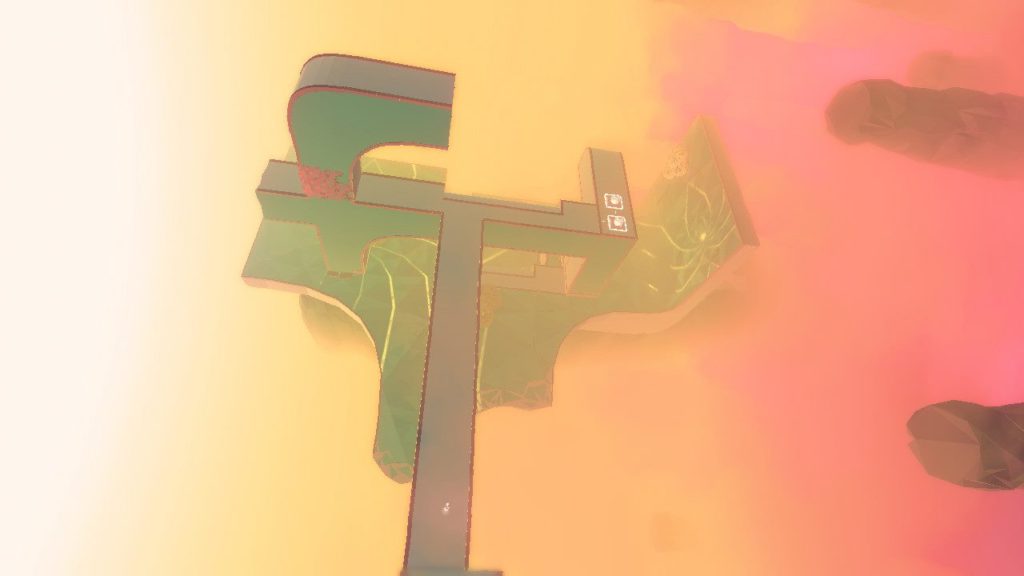
Etherborn’s unique perspective leads to some of the best indie puzzle gameplay I’ve had in years. For a game that clocks in around 3 hours or so, you’re not expecting a whole lot, but Etherborn manages to deliver anyway. And if you’re anything like me, you’ll end up with closer to 8 hours in. I’m occasionally a little dense, especially late at night when I’m usually playing my Switch. Speaking of the Switch, Etherborn plays quite well on the small screen undocked. I spent a couple levels playing the portable version and I didn’t have any issues at all. Sure, it looks better on a big screen, but ultimately, it was very playable and gamer-friendly in undocked mode as well.
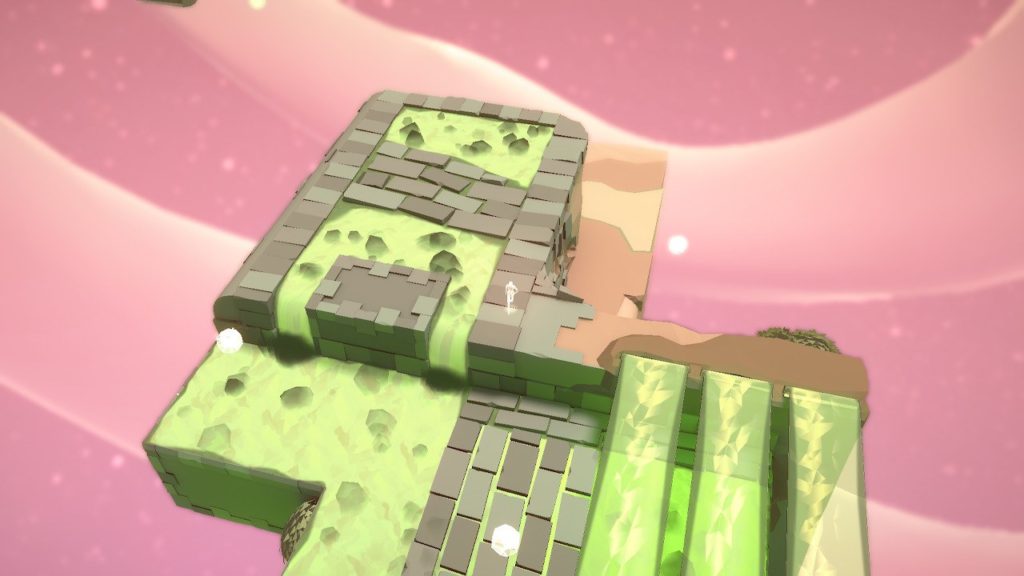
One of the only issues I had with Etherborn was that there’s no real casual mode. No hints, no tips, no if you’ve fallen twenty times here’s a helping hand. That’s normally fine, but in this case, the ability to, say, move the camera around a bit more or zoom in or out would be fantastic. There were also times I just wanted to move the camera around the level a bit to admire the levels, but sadly, this isn’t possible. The developers over at Altered Matter knew that if you did rotate the puzzle too far, it would give away some of the secrets of the level and make the game too easy. The same goes for zooming the camera in and out. Suffice it to say, you’ll have to manage all on your own for this one.
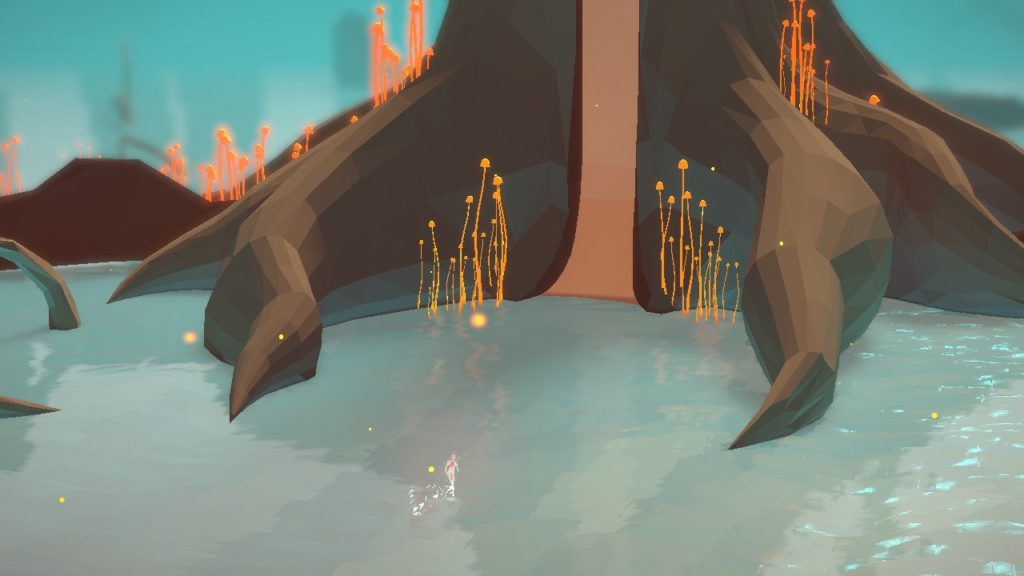
Etherborn is one of the most ingenious and enthralling puzzle games I’ve played in a good, long time, as evidenced by the plethora of awards it has already won. It’s clever, beautiful, and relaxing, and it challenges you to actually reason carefully in a game for once, something that’s sorely lacking in gaming. It’s definitely worth more than a passing glance. Also, even at $17, you’re still likely to get your money’s worth out of this one as there aren’t too many people who will breeze through this game in only a couple of hours. Altered Matter has a sleeper hit on their hands with Etherborn and no one who picks it up will regret it!
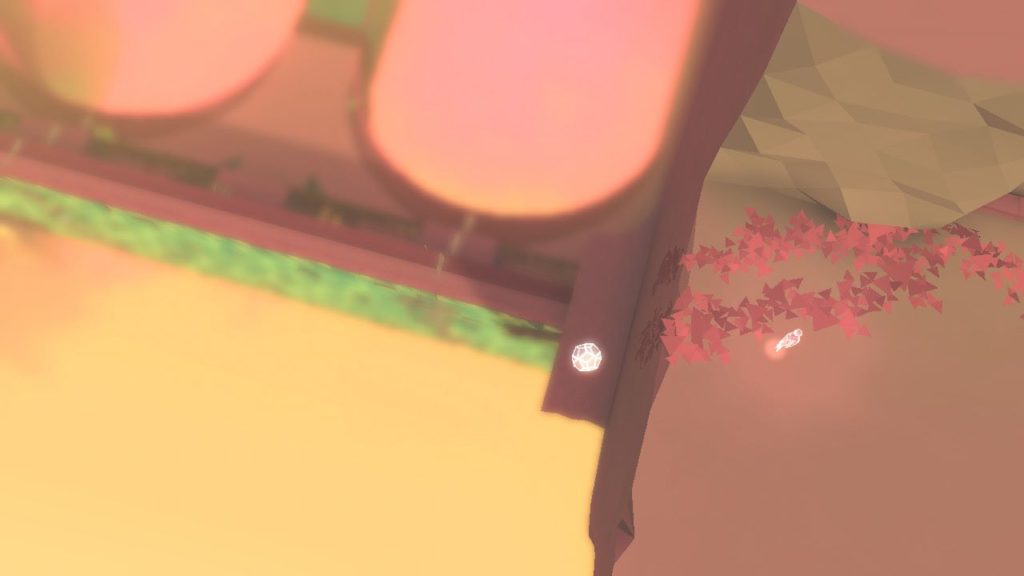
This review was written based on a digital copy of Etherborn supplied by the publisher. It was played on a Nintendo Switch in both docked and undocked modes. Now stop reading and go pull your hair out in a calm, stress-free manner. Etherborn is also available on PS4, Xbox One, and PC.

